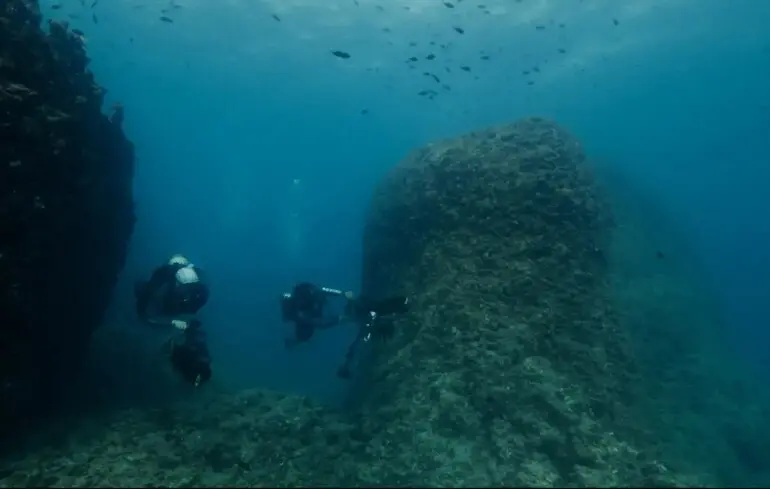Underwater Discovery of Cleopatra’s Port: Archaeologists Uncover Ancient Maritime Hub Near Egypt’s Coast

Recent archaeological expeditions have yielded groundbreaking results — submerged ruins of an ancient port have been discovered beneath the waters of the Red Sea, which experts believe served as a significant maritime center during the reign of Cleopatra VII.
This finding opens a new chapter in the history of Ancient Egypt and questions previous assumptions about the roles of port facilities during that era.
Led by specialists from the United States and Egypt, the excavations challenge the notion that Alexandria was the sole major port of Cleopatra and reveal the existence of other vital maritime nodes that played crucial roles in diplomacy, military operations, and commerce.
The discovery dates back approximately 2500 years and was made near the ruins of the sacred Temple of Taposiris Magna, located close to modern resorts and tourist hotspots.
Archaeologists uncovered massive structures up to six meters high, polished flooring remnants, amphoras, columns, and numerous stone blocks — all evidence of a large maritime city previously used for trade and military purposes.
During the excavations, several ancient anchors, maritime tools, and a variety of pottery dating to the Roman period were also found, which refines the timeline of the port’s active use.
The team’s findings suggest that this port was likely the site where Cleopatra VII was ultimately buried, making it an exceptionally valuable archaeological find.
For over 20 years, researcher Katelein Martinez and her team have been searching tirelessly for Cleopatra’s tomb.
Her studies point toward this region of the Mediterranean, rather than Alexandria, as the final resting place of the last Egyptian queen.
Martinez states that this discovery holds global significance, as it confirms Taposiris Magna’s role not only as a religious center but also as a vast maritime hub connecting Egypt with other parts of the world.
The team employed state-of-the-art hydroacoustic and 3D-mapping technologies during their underwater investigations, which enable a deeper understanding of the region’s history and gradually revealing the secrets of its past.
Nearly a decade of work on site gives optimism that their efforts will soon lead to the discovery of Cleopatra’s tomb, along with additional artifacts that could reshape our understanding of her life and death.

